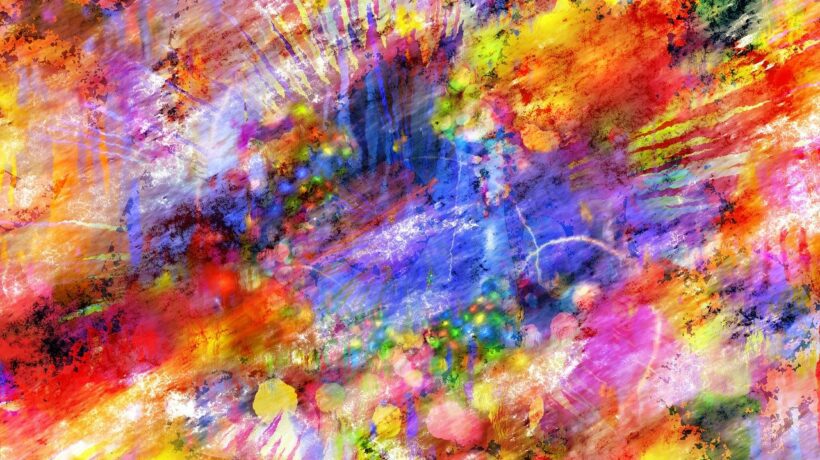Color is a defining trait for any brand. Think of famous colors such as John Deere green, Home Depot’s orange, and even UPS’ brown which was the source of its most famous ad campaign. Additionally, think of sports teams and universities who carry world-famous coloration with their brands. There is a subconscious comfort in the presence of these colors, and when they’re outside of their standard it becomes pronounced even to the untrained eye.
When I started my career art, graphics, and branding were on the back-half of moving to digital. Pantone used to be a requirement to give standardization to the colors we saw. Even once I started we’d spend hours comparing printed proofs to Pantone color books and tweaking colors until they hit. We’d be running outside for natural light, holding it at different angles, seeing what color(s) we would see and how it compared. Certain clients of mine would be ready to take me to task if it didn’t pass their Pantone book test.
We still have books of Pantone colors to match our prints to a color standard, but now they’re used sparingly. Most companies that have started or rebranded in the digital age don’t have a Pantone color with their brand. The color is what appears on the screen, and while every screen is going to show that color slightly differently, it typically falls within a range to pass the eye test. The standard has moved from a true physical color to match, to a range of acceptance based on essentially standard error.
Pantone did no favors in all of this by charging an obscene amount for their books as they started down a path to obsoletion. Most recently they started charging for a less-than-functional plugin to Adobe programs to add their colors. Adobe, struggling to maintain its own dominance in the digital era, seems to be a haphazard last stand for Pantone.
With Pantone on the outs, print favorite CMYK and web favorite RGB enter the space. CMYK printing works well for the age of the uncritical eye test, it lands colors in the acceptable range, but it itself has an acceptable range. The common test we reference for this would be for people to print the same picture on two separate personal printers and see the variation (there is always some).
Obviously colors themselves generally still matter. Different colors are known for the psychological effects they have on the mind of those perceiving them. Colors themselves are different wave energies that cause us as humans to react. The colors being printed and displayed digitally now still maintain those qualities. What lacks now is the precision of an iconic color. In fact, we notice the same colors recycled over and over for logos and brands, especially those in the same industry! These colors are typically displayed now amongst large swaths of white (thanks Apple) or black. Two colors that maintain an objective standard without aid.
What is your take on the state of color today? Do you think a new brand could establish an iconic color ever again?
